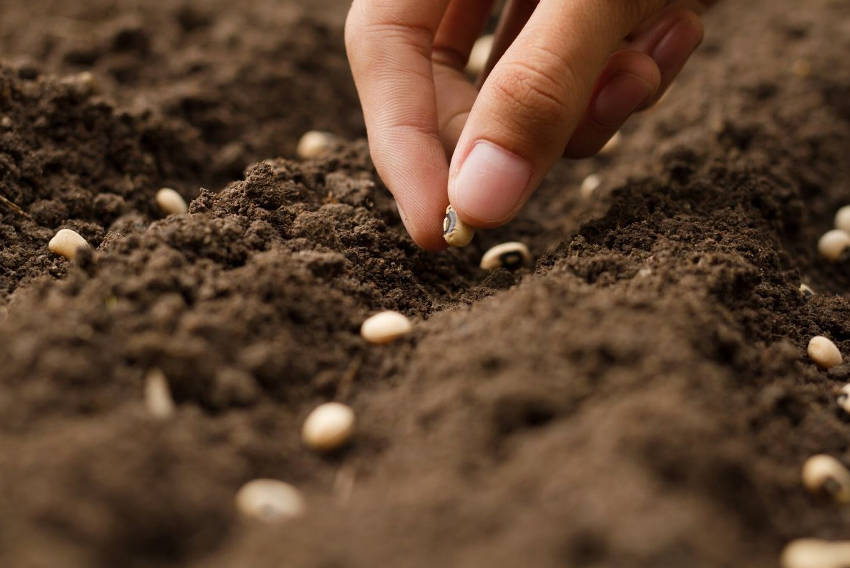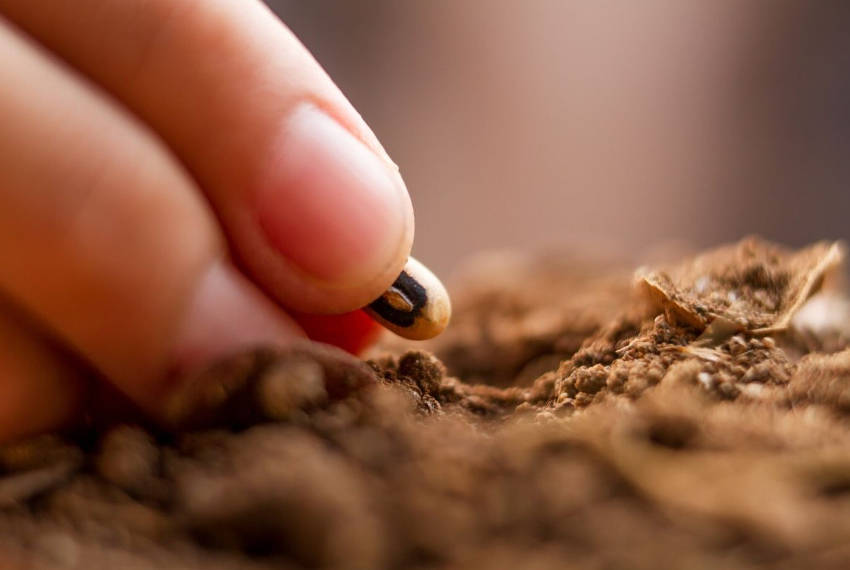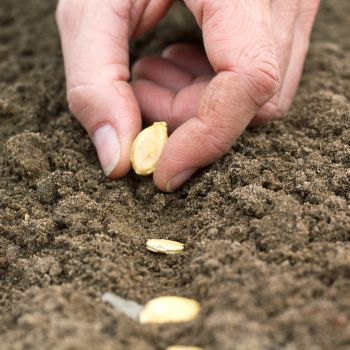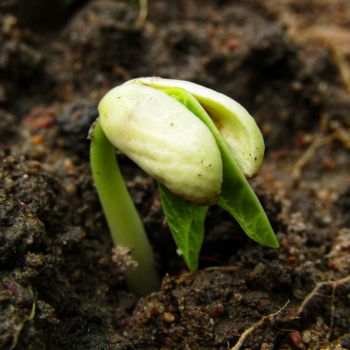Growing your own plants from seeds is satisfying, economical, and gives you more control over varieties and timings than buying established seedlings from a nursery. But it also adds an extra level of complexity, with more chances for things to go wrong.
Right from the beginning, care needs to be taken over how you handle the seeds. For example, sowing at the right depth is vital for reliable germination, and then for the healthy early growth of the seedlings you hope will appear.
Seeds sown at the wrong depth can fail to germinate, or can get off to a weak start with effects that last the plant's entire lifetime. But how do you know the correct sowing depth for any particular seed?
Start with the Seed Packet
Ideally, you'll be sowing seeds from a packet which supplies all the important information you need, including the best sowing depth. But if you're sowing seeds donated by friends or produced by last year's plants, you might not have the information to hand.
Also, as seeds can vary in quality and vigour from year to year or even batch to batch, the generic growing information on the packet may not be completely correct. In these circumstances it's helpful to know the basic ground rules for sowing depth, no matter which seed you're dealing with.
Use the Rule of Thumb
There's a rule of thumb that experienced gardeners can fall back on when sowing, nearly regardless of what the seed packet might say. For any given seed, sowing it at a depth equal to two or three times its diameter is almost certain to give the best chance of success.
For larger bean seeds this could mean sowing 2.5cm deep or even more. For coriander-sized seed, around 6mm is ideal. For small seeds, scatter them over the soil's surface and barely cover with a thin dusting of compost or vermiculite. For really tiny seeds, sprinkle them over the soil's surface and press them in without actually covering them with any additional soil at all.
Exceptions to the Rule
Unfortunately, nothing in gardening is quite so simple. Some seeds require specific conditions which mean the rule of thumb doesn't hold. For example, sweet alyssum is best sown on the surface so that daylight can prompt germination.
In these relatively rare cases, seed packets should make any specific sowing instructions clear, and with experience you'll get to know the peculiarities of each seed variety you sow.
Why is Sowing Too Deep a Problem?
Seeds contain all the energy and nutrients needed to produce a seedling, sustaining it until it's large enough to begin creating its own energy through photosynthesis. If the seed is sown too deep, the seedling has to fight through more earth before feeling the sunlight on its leaves. It may run out of steam before breaking the surface, or once it does emerge it may be weakened, and a poor early start to growth is difficult to recover from.
When Sowing Too Shallow
On balance, too shallow is better than too deep, but sowing too near the surface can cause problems as well. Just as some seeds require light to germinate, others prefer darkness, and sowing too shallow will raise the failure rate.
The upper layer of soil can also dry out more quickly, halting germination in the many seeds which need dampness to sprout. And lastly, a shallow sowing can leave some taller plants with a root system that's less well anchored, increasing the risk of the growing plant collapsing under its own weight.
Many plants will still germinate and grow when sown at the wrong depth. After all, nature doesn't use a slide rule when seeds are spread in the wild. But for healthy seedlings which go on to produce strong mature plants, getting the depth right when sowing will provide the best start possible.







